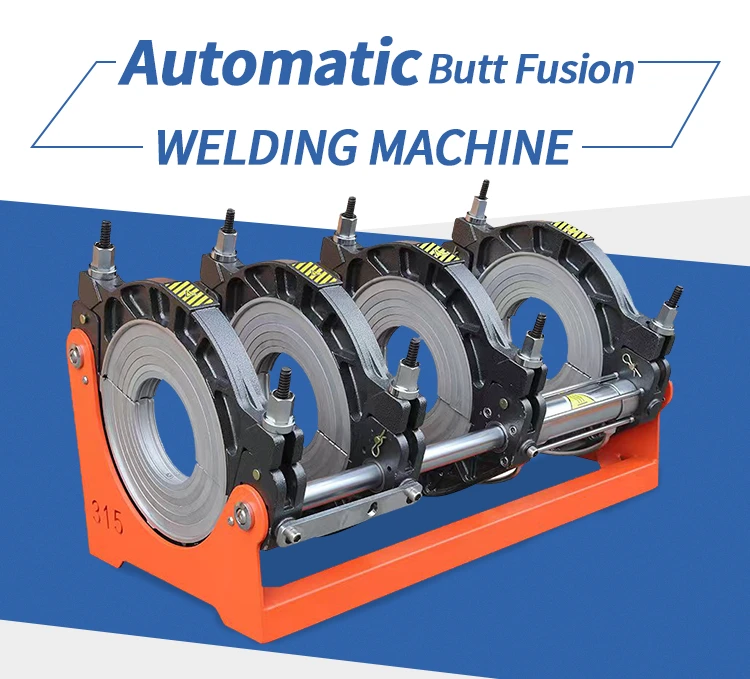Straight wire type Plastic-to-steel transition fittings
Plastic-to-steel transition fittings or flange connections are mainly used to connect PE pipes with other material pipes and pipeline accessories, and the connection is convenient and fast. Steel-plastic transition pipe fittings consist of PE pipe ends and metal pipe ends. The varieties are available in various forms such as a straight tube, elbow, thread, and welding. Flange connectors are composed of PE flange joints and steel flange sheets, which are suitable for connecting PE pipelines with other material pipelines or connecting with pipeline accessories such as pumps, valves, and fire hydrants. The metal parts of all types of steel-plastic conversion joints are treated with special anti-corrosion treatment and have the same service life as PE pipes.
The steel pipe section adopts galvanized anti-corrosion by default, and can also adopt anti-corrosion methods such as spray plastic and heat shrinkable sleeves according to customer requirements.
What are the main uses of PE Plastic-to-steel transition fittings or flange connections?
Pe Plastic-to steel transition fittings or flange connections are mainly used to connect PE pipes with other material pipes and pipeline accessories, and the connection is convenient and fast. Steel-plastic transition pipe fittings consist of PE pipe ends and metal pipe ends. The varieties are available in various forms such as a straight tube, elbow, thread, and welding. Flange connectors are composed of PE flange joints and steel flange sheets, which are suitable for connecting PE pipelines with other material pipelines or connecting with pipeline accessories such as pumps, valves, and fire hydrants. The metal parts of all types of steel-plastic transition fittings are treated with special anti-corrosion treatment and have the same service life as PE pipes.pe Plastic-to-steel transition fittings

What are the economic advantages of Plastic-to-steel transition fittings compared with general metal fittings?
Buying better things with less money has always been the goal of consumers. To sum it up in one word is to make materials affordable. This is particularly evident in Plastic-to steel transition fittings. Compared with general metal pipes, Plastic-to steel transition fittings have great advantages, mainly reflected in the cost performance. Obviously, the cost performance of Plastic-to steel transition fittings will be much higher than that of ordinary metal pipes.
Why did you come to this conclusion of Plastic-to-steel transition fittings ?
Mainly because Plastic-to steel transition fittings are much better than ordinary metal pipes in terms of price, use, and quality. First of all, in terms of price, because the materials produced by Plastic-to steel transition fittings are steel and plastic, of course, there is a great advantage in price compared with joints made of metal. In terms of use, the welding cost of Plastic-to steel transition fittings will be much cheaper than that of general metal joints. In this case, when choosing Plastic-to steel transition fittings, we should also pay attention to the different specifications that may have different economics. Positioning, ease of use, and lower surcharges are big advantages of Plastic-to steel transition fittings. And in the use of matching, Plastic-to steel transition fittings can be used with more materials, such as PE ball valves (diffuse type).
The point is quality. Compared with simple plastic joints, obviously, the quality of Plastic-to steel transition fittings will be much higher, because there is metal material in it, and compared with metal joints, Plastic-to steel transition fittings are better than metal joints. The joints are corrosion resistant, as metal joints may corrode easily in the natural environment. In this way, Plastic-to steel transition fittings clearly have a good advantage in the comparison of the three. All things considered, Plastic-to steel transition fittings are a very economical joint material.






258.webp)
971.webp)
580.webp)
655.webp)


294.webp)
476.webp)
420.webp)
146.webp)


